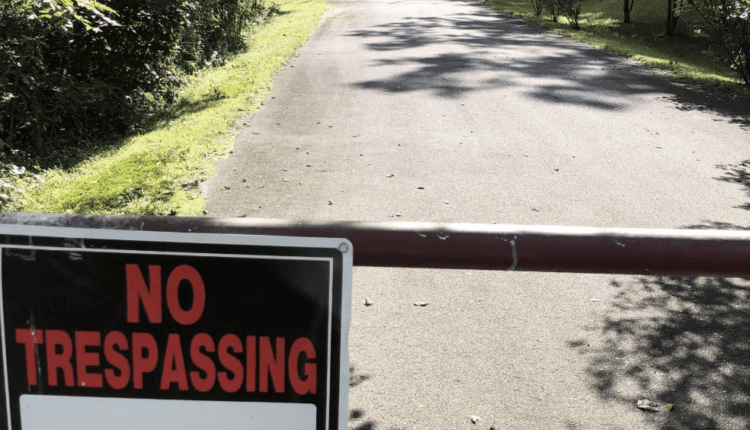
Ex-Director Reveals: Closed Pump Station Caused Asheville’s Water Outage
TL/DR –
Former Asheville water director Mike Holcombe claims that the decommissioned East Asheville Booster Pump Station is the primary cause of a major water outage during Christmas in 2022. He argues that if the pump station had been operational, it would have boosted water flow during high demand and the outage due to frozen water plants and closed valves could have been avoided. Despite an Independent Review Committee report highlighting several factors for the outage, Holcombe asserts that the pump station’s absence accounted for 85-90% of the problem.
Asheville Water Crisis Could Reoccur Unless Decommissioned Pump Station is Addressed
Former Asheville water director Mike Holcombe warns of potential major water disruptions unless the city addresses the shutdown of the East Asheville Booster Pump Station. Holcombe, who served as water director from 1993-1997, firmly believes that the decommissioned pump station, a multi-million dollar facility opened in 1993 and closed in 2010, was a major cause of the 11-day Christmas water outage in 2022 that affected thousands of residents and businesses.
“The absence of the pump station was 85 or 90 percent of the problem,” says Holcombe, who also notes on his Facebook page about the importance of the station, “if you’d had the pump station operational, you would’ve discovered the closed 24-inch valve a lot quicker, because you would have been pumping against a closed valve.”
The Independent Review Committee (IRC) reported that three major factors contributed to the water crisis: a closed valve, another valve that was only open 10 percent, and the frozen Mills River water plant. However, Holcombe disputes this, citing a study by city consultant Hazen Engineering that showed the projected water flow rates would have been during the crisis if the pump station had been operational.
“Incontrovertible evidence was provided to the City Council in the form of the Hazen engineering report attachments, which indicate no water system outage during Christmas 2022 had the East Asheville Booster Pump Station been running,” says Holcombe.
Despite the urgency of the situation, the IRC’s recommendation for a preliminary engineering study of the pump station might take up to 18 months, a duration Holcombe deems too long. The North Fork Reservoir near Black Mountain, the city’s main water source, has a capacity of 31 million gallons per day, but only if the pressure in the Haw Creek junction is maintained. If the Mills River water plant goes out of service again, the city could be vulnerable.
IRC member Ted Tyree agrees with Holcombe to a certain extent, but also notes the financial implications of bringing the pump station back online, especially when water utilities are not flush with money. Tyree revealed the potential cost of reinstating the station could be up to seven figures.
Holcombe argues the station’s pumps were designed to last 100 years, and any delay in examining the station’s viability demonstrates the city’s lack of urgency. Holcombe also criticizes the city for not being fully transparent, as parts of the Hazen Engineering report, specifically on water flow related to the pump station, were not released publicly.
“There’s not a single piece of paper written down documenting the retirement of the East Asheville Booster Pump Station,” says Holcombe, who believes the station was deemed unnecessary after the Mills River plant became operational.
Despite the current controversy, Holcombe remains adamant that the booster pump station is crucial for the city’s water system. “Unless there has been an investment to improve the hydraulic capacity of the transmission lines between North Fork/Bee Tree and Haw Creek Junction, only through the operation of the EABPS can these volumes of water be delivered,” he asserts.
Read More US News; North Carolina News
